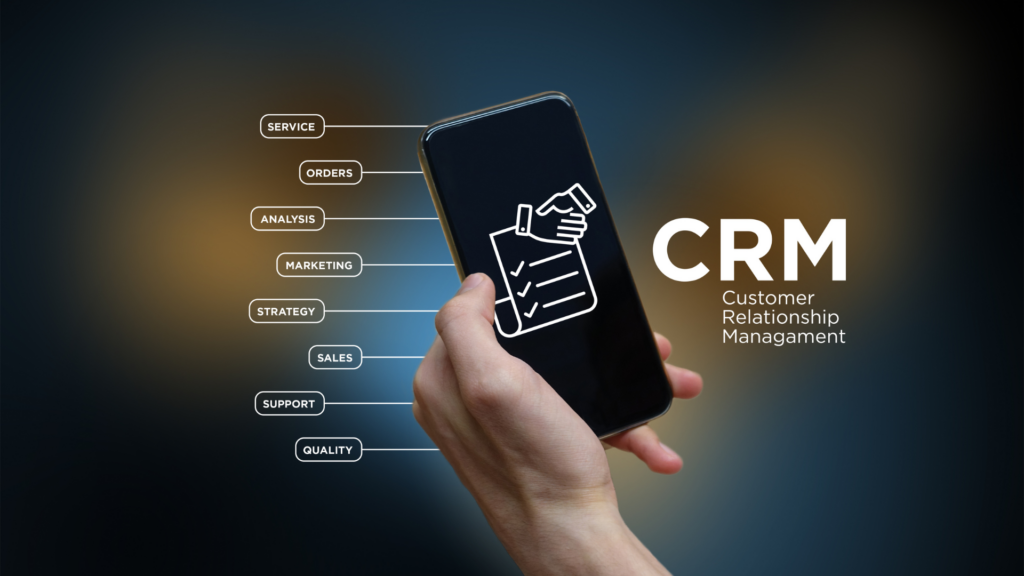
Why Monitoring You Application Is Important?
In today’s digital age, applications are the lifeblood of businesses, driving innovation, efficiency, and customer satisfaction. Whether you’re developing a mobile app, a web platform, or a sophisticated software solution, monitoring your application is not just a good practice—it’s essential for sustainable success. In this comprehensive guide, we will explore the myriad reasons why monitoring your application is crucial and how it can make a significant difference in your business operations and customer experience.
1. Identifying Performance Bottlenecks:
Monitoring your application provides valuable insights into its performance. By tracking metrics like response times, server loads, and error rates, you can pinpoint bottlenecks and optimize your application’s performance. Identifying and addressing these issues proactively ensure a seamless user experience, preventing frustration and abandonment.
2. Enhancing User Experience:
User experience is paramount in the digital landscape. Monitoring your application allows you to understand how users interact with your platform. By analyzing user behavior, you can make data-driven decisions to enhance the interface, streamline navigation, and improve overall usability. A positive user experience fosters customer satisfaction and loyalty.
3. Ensuring Security and Data Protection:
Security breaches and data leaks can have catastrophic consequences for businesses. Regular monitoring helps you detect suspicious activities, unauthorized access attempts, and potential vulnerabilities. By implementing robust security measures and promptly addressing any issues, you can safeguard sensitive data and maintain the trust of your users.
4. Predictive Issue Resolution:
Proactive monitoring enables you to anticipate potential issues before they escalate. By setting up alerts for specific thresholds or anomalies, you can receive real-time notifications about performance fluctuations or security breaches. This allows your team to address problems swiftly, minimizing downtime and ensuring uninterrupted service.
5. Scalability and Resource Optimization:
As your user base grows, so do the demands on your application. Monitoring helps you assess the scalability of your infrastructure and resources. By analyzing usage patterns and performance metrics, you can optimize server allocation, database configurations, and network resources, ensuring your application can handle increased loads efficiently.
6. Cost-Efficiency:
Effective monitoring enables you to optimize resource allocation, preventing over-provisioning or underutilization of servers and infrastructure. By right-sizing your resources based on actual demand, you can significantly reduce operational costs. Additionally, identifying and resolving issues promptly minimizes the financial impact of downtime and lost revenue.
7. Data-Driven Decision Making:
Monitoring provides valuable data and analytics that empower informed decision-making. By analyzing user engagement, feature usage, and performance trends, you can make strategic decisions to enhance your application. Data-driven insights enable you to prioritize development efforts, improve features, and align your roadmap with user preferences and market demands.
8. Reputation Management:
The reputation of your application directly influences your brand image. User reviews, ratings, and social media mentions can either bolster or harm your reputation. Monitoring helps you maintain a positive brand perception by ensuring your application consistently delivers high-quality performance and exceptional user experiences.
Conclusion:
In the competitive landscape of digital applications, monitoring is not just a technical necessity; it’s a strategic imperative. By investing in robust monitoring tools and practices, you empower your business to thrive. From enhancing user experience and ensuring security to optimizing costs and making data-driven decisions, monitoring your application is the linchpin of success.
Remember, monitoring is not a one-time task but an ongoing process. Regularly analyzing performance metrics, user behavior, and security patterns equips you with the knowledge needed to adapt, evolve, and stay ahead of the competition. Embrace the power of oversight, and watch your application not only survive but thrive in the dynamic digital ecosystem.
Leave a Reply
- AI in Diagnostics: Revolutionizing Early Detection and Accuracy
- How AI and Advanced Analytics Are Transforming Healthcare Outcomes
- Investing with Confidence: The Role of ROI Calculators
- How ROI Calculators Drive Data-Driven Business Strategies
- The Ultimate Guide to ROI Calculators for Business Success
- Making Sense of ROI Calculators: A Comprehensive Guide
- June 2025 (1)
- May 2025 (1)
- October 2024 (2)
- September 2024 (31)
- August 2024 (31)
- July 2024 (27)
- June 2024 (28)
- May 2024 (30)
- April 2024 (33)
- March 2024 (23)
- February 2024 (29)
- January 2024 (3)
- December 2023 (47)
- November 2023 (36)
- October 2023 (23)
- September 2023 (2)
- June 2023 (2)
- May 2023 (13)
- April 2023 (1)




